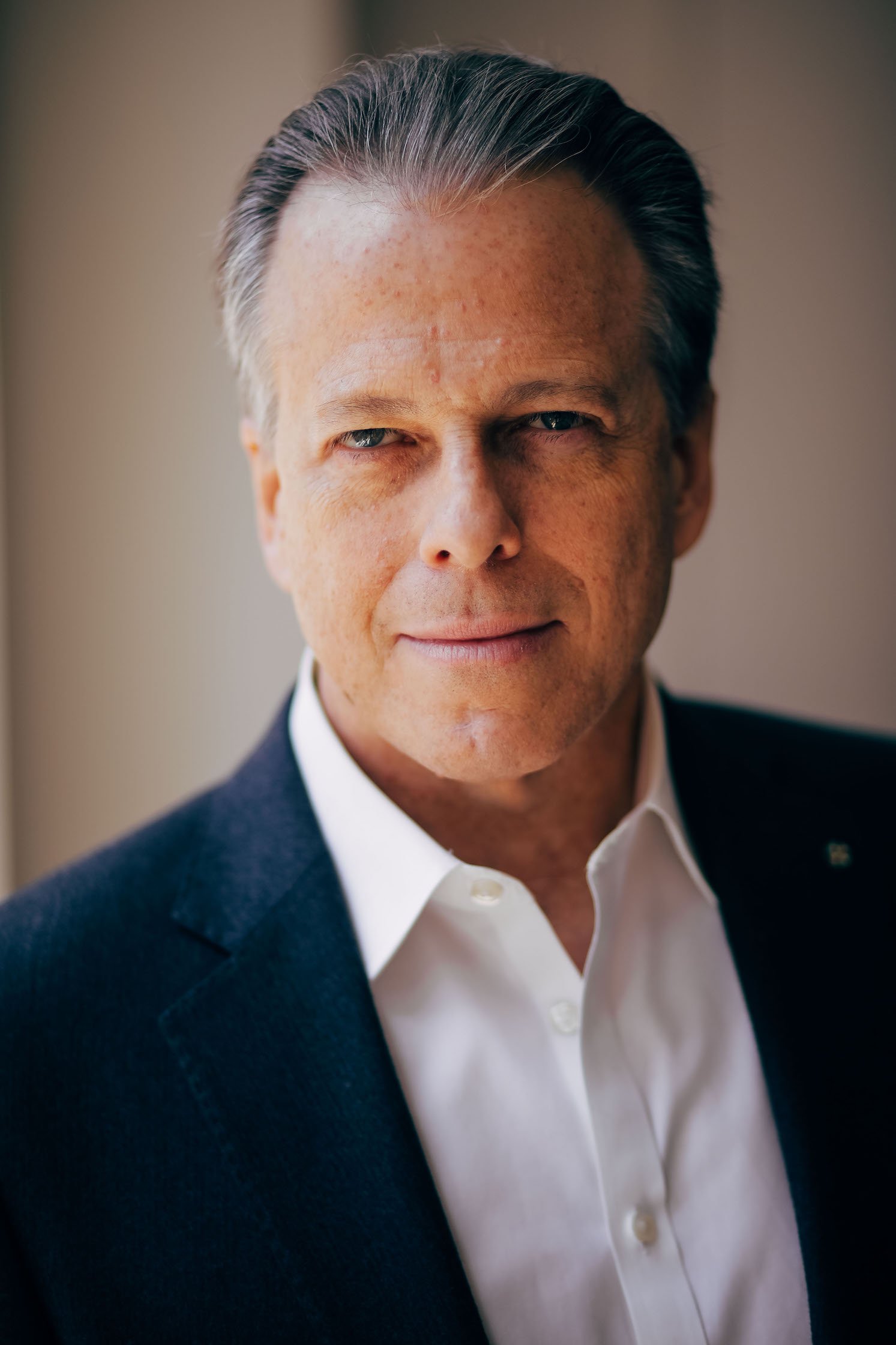
The many failings of the Indianapolis Museum of Art during the tenure of its recently departed chief executive stemmed, in my view, from one fundamental misunderstanding: the museum is a charitable, educational, and civic organization, not a commercial attraction.
Every decision made by Charles Venable over the past decade seemed to be in service of remaking a museum founded in the 19th century into an income-generating attraction, when in fact it is a peer of other great Midwestern art museums that are open to the public for free and pursue an educational mission rather than masquerading as amusement parks.
By eliminating free general admission, instituting an $18 admissions charge, erecting costly barriers to keep the public from enjoying its expansive grounds without paying, and implementing extravagant ticketed “attractions,” the museum excluded its Black and lower-income neighbors and was left with a much smaller, whiter, and more privileged audience.
The “core white audience” Venable sought to retain was assumed to have the money to pay for his serial experiments across the grounds. Fostering diversity and accessibility was an afterthought, not critical to the museum’s mission. The fact that he was explicit about this goal and defended it is evidence both of a racist mindset and that serving the public took a backseat to turning a turnstile.
Former Newfields director Charles Venable. Photo courtesy of Newfields.
While I was the director of the museum, between 2006 and 2011, my regular lunches with Bishop Benjamin, now senior pastor emeritus of the museum’s neighboring Light of the World Christian Church, gave me the opportunity to promote a newly instituted free admissions policy, invite his huge congregation to visit our galleries and grounds, and make the museum a neighborhood fixture.
It seems that under Venable, the museum’s currencies changed from broad public service to serving the misguided goal of being cash-driven, which is neither a sustainable model in a city with modest tourism, nor in alignment with its role in the community as a shared public resource.
Institutions like the Indianapolis Museum of Art rely on philanthropy and the generosity of donors. To earn that generosity, they must act in ways consonant with their educational mission and nonprofit charitable status.
To save hundreds of thousands of dollars a year, it should eliminate the redundant role of “president.” Bren Simon committed an unprecedented $10 million gift on my watch to endow the position of the Melvin & Bren Simon Director and CEO, reporting to the board—which makes it wholly unnecessary to add another costly position to the museum’s payroll once the nickname “Newfields” is retired, along with the abrogation of mission that it represents.
Under Venable, the museum’s already large endowment only grew by 3 percent from the end of 2011 to the outset of 2021, from $325 million to $335 million. This anemic record was in part a function of two factors: his misbegotten commercial model alienated potential donors, and he raided the endowment to slightly reduce a capital debt that preceded both of our administrations. Over roughly the same period the S&P grew by over 13 percent.
The Indianapolis Museum of Art in 2011, the final year of Maxwell Anderson’s tenure as director. Photo by Indianapolis Museum of Art/Getty Images.
If passively invested with no new gifts, the museum’s endowment should have grown by some $33 million to about $368 million, representing an additional $1.65 million annually at a draw of 5 percent. In addition to a lack of new gifts and the payoff of low-interest debt, either the portfolio was poorly managed over this time, or Venable’s administration was quietly draining its endowment to cover significant operating losses from a failed business model.
The irony is that, had he not depleted hard-won endowment funds, they would have generated far more through investment than he allegedly saved by reducing the debt, which is cheap to carry and altogether common among large art museums with even smaller endowments. He convinced the board to follow him by misrepresenting the spending rate on my watch, selling them on a commercial model, and promising a painless transition from being a charitable organization to a destination favoring beer, golf, and twinkling lights over art.
Offering free general admission to the public and removing ill-conceived barriers needn’t sacrifice earned revenue. By staging compelling exhibitions and charging a fee to visit them, the Indianapolis Museum of Art can generate income, incentivize membership, attract sponsors and support—and welcome back a broad and diverse audience.
It’s the model of museums in St. Louis, Minneapolis, Kansas City, Cincinnati, and elsewhere. And by resuming a sane business model, the museum can return to its historic purpose and its obligations to the field at large.
Maxwell L. Anderson is president of the Souls Grown Deep Foundation and was the Melvin & Bren Simon Director & CEO of the Indianapolis Museum of Art from 2006 to 2011.